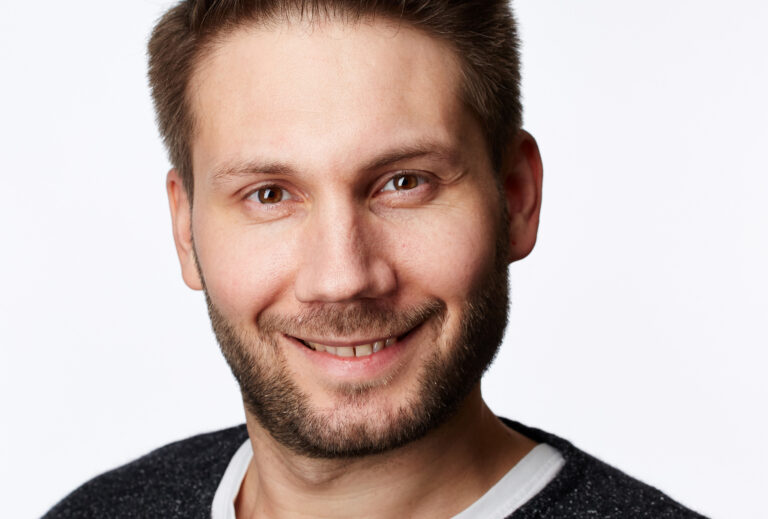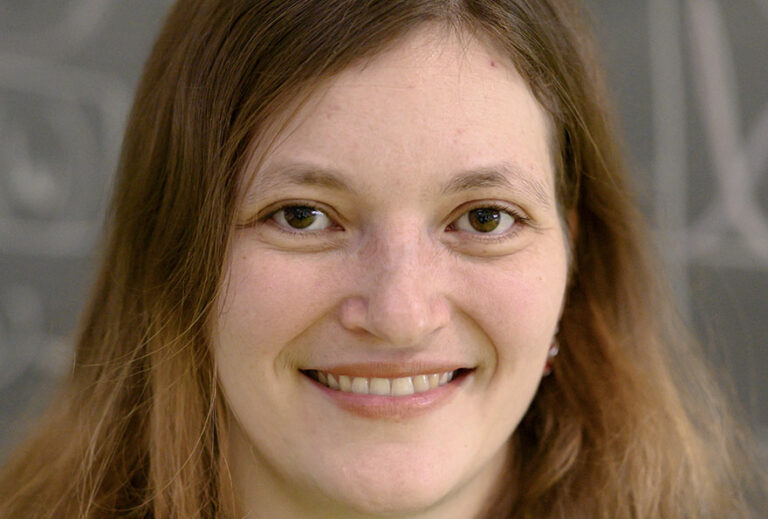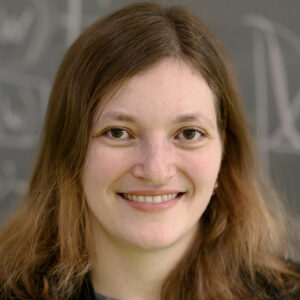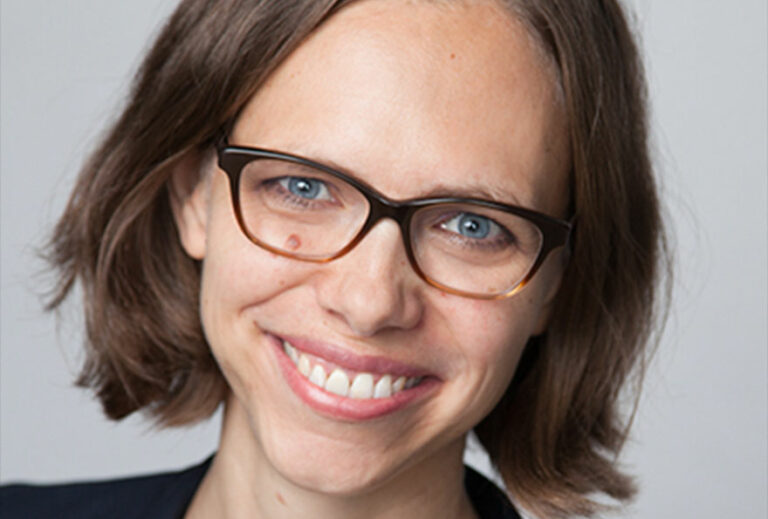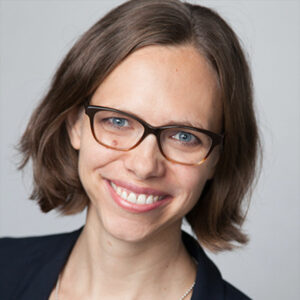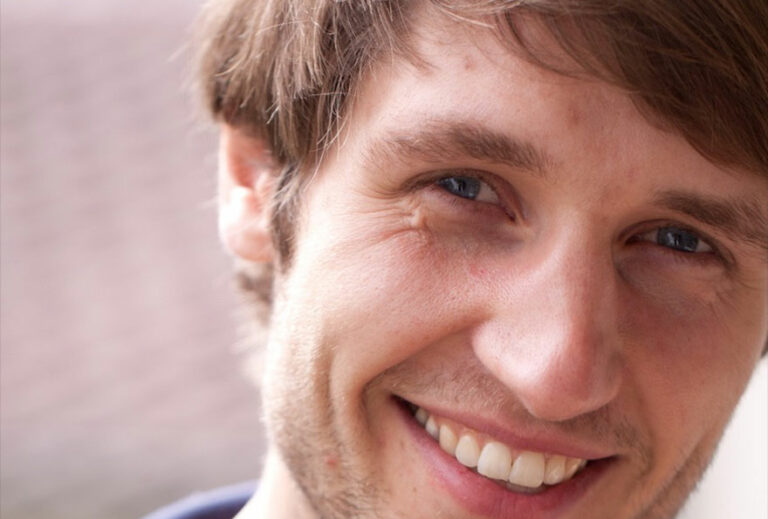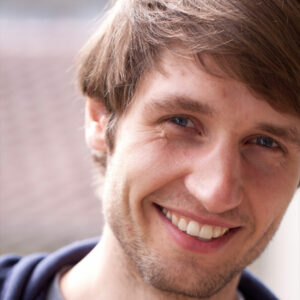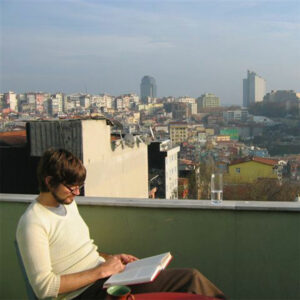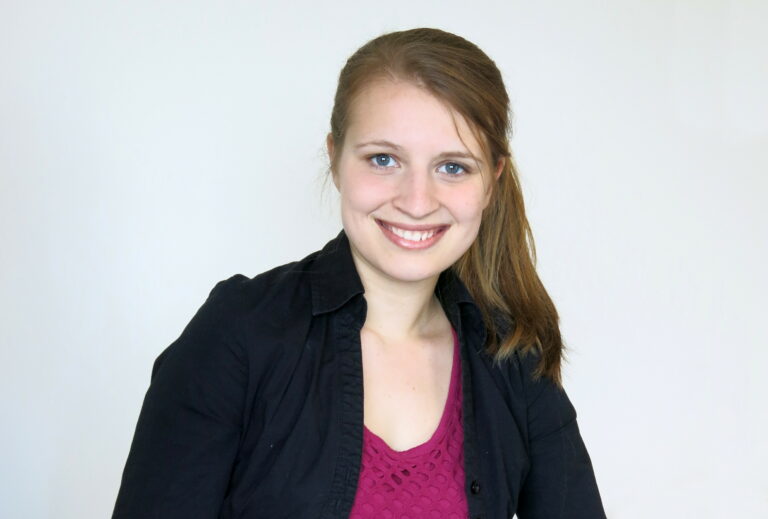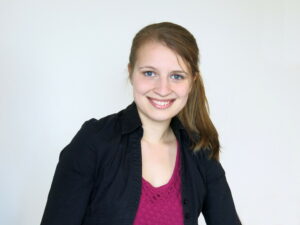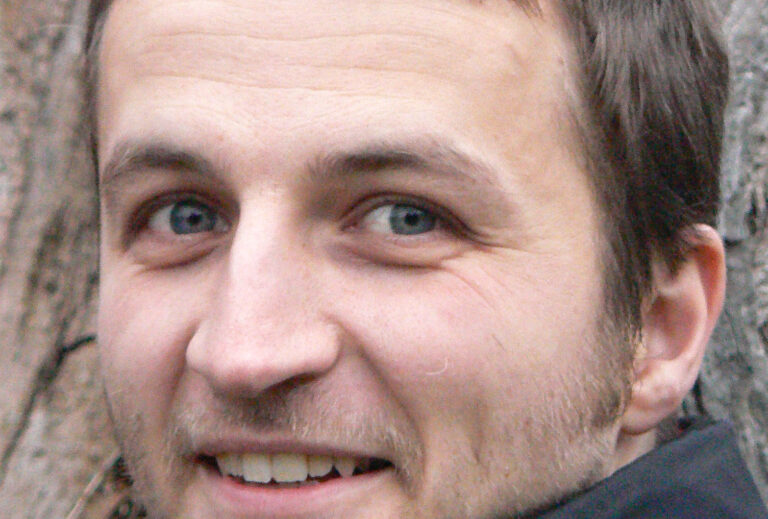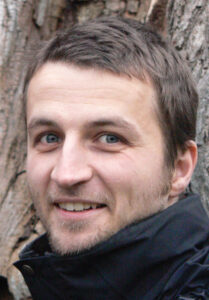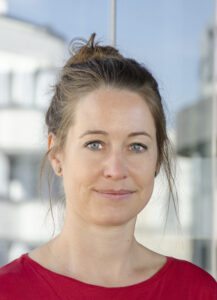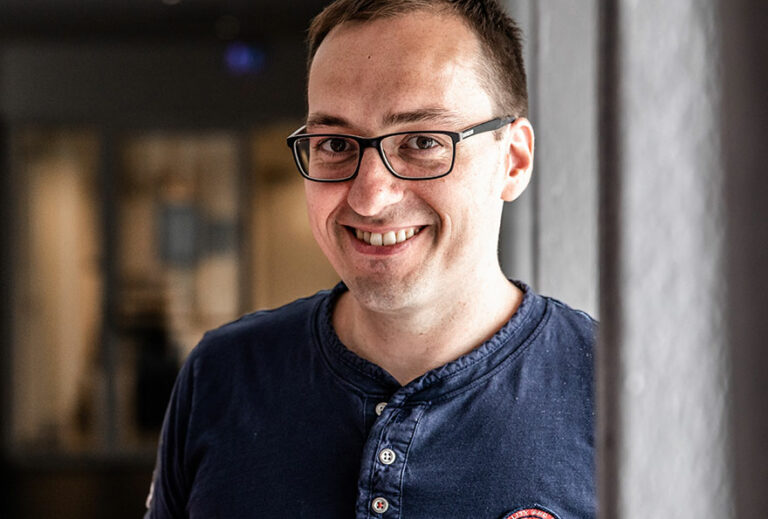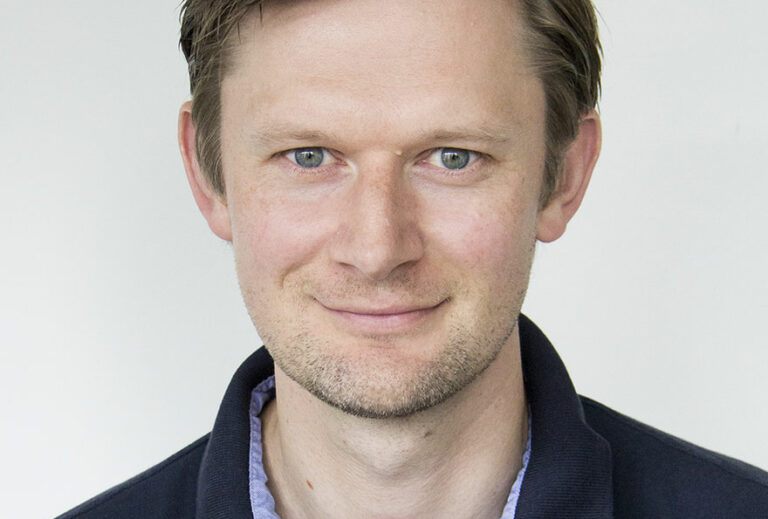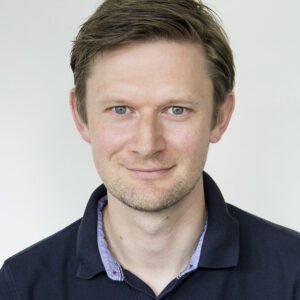Erich Pascal Malkemper
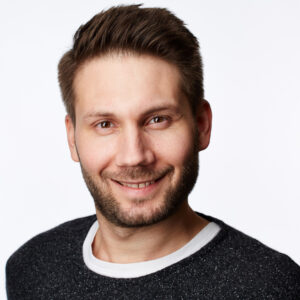
Dr. Erich Pascal Malkemper · BMS
Center of Advanced European Studies and Research (caesar) · Bonn, Germany
Biography
Dr. Pascal Malkemper studied neurobiology at the University of Bochum from 2005 to 2011. He developed a strong interest in sensory biology and was fascinated by the diverse functional anatomy of the sensory organs of different species. With a passion for non-standard model organisms, he conducted his Ph.D. thesis on the sensory biology of the red fox under the supervision of Hynek Burda in Germany and the Czech Republic. For his doctoral thesis, he received the renowned Fritz Frank Prize of the German Society for Mammalian Biology. During his doctoral thesis, he became interested in mole rats, which were housed in the Burda laboratory next to his office. After graduating in 2014, Pascal was able to receive two start-up grants that allowed him to pursue independent projects on the magnetic sense de gray bulls in the Burda laboratory. In 2016 he moved to Vienna and joined the Keays Laboratory at the Research Institute of Molecular Pathology (IMP) to work on the molecular basis of the magnetic sense of pigeons. From October 2019, Pascal will again focus on the magnetic sense of mammals as head of the Max Planck Research Group “Neurobiology of Magnetoreception”. The long-term goal of the group is to map the neural machinery involved in magnetic orientation in mole rats and mice, from magnetoreceptors to higher brain circuits.
Education and positions held
- 2019-present:
- Max Planck Research Group Leader, Max Planck Institute for Neurobiology of Behavior – caesar.
- 2016-2019:
- PostDoc, Keays Lab, Research Institute for Molecular Pathology (IMP), Vienna, Austria.
- 2014-2016:
- PostDoc, Burda Laboratory, University of Duisburg-Essen, Germany.
- 2011-2014:
- Ph.D. student, Burda Lab, University Duisburg-Essen, Germany.
- 2005-2011:
- MSc in Neurobiology, University of Bochum, Germany
Research Summary
We aim to understand how animals detect the Earth’s magnetic field and use it for orientation. In a top-down approach, we study the neural circuits involved in the perception of magnetic fields from the processing centers in the brain all the way back to the primary receptor cells. Our model species is the African mole-rat Fukomys anselli, a subterranean mammal and extraordinary magnetic navigator that spends its entire life in total darkness.
We investigate the neuronal navigation circuits with an interdisciplinary neuroethological approach that includes whole-brain activity mapping and single-unit recordings in freely moving animals complemented with anatomical and histological techniques. We hope that our work will gain crucial insights into the neuronal machinery that enables animals to detect magnetic fields. An understanding of how mammals detect weak magnetic fields promises advances in the auspicious field of magnetogenetics and provides the missing mechanistic basis to assess and predict the effects of man-made electromagnetic fields on vertebrates.
Key publications
- Fenton, G. E., Nath K., Malkemper, E.P. (2021). Electrophysiology and the magnetic sense: a guide to best practice. Journal of Comparative Physiology A: 1-11.
- Nimpf, S., Nordmann, G., Kagerbauer, D., Malkemper, E.P., Landler, L., Papadaki-Anastasopoulou, A., Ushakova, L., Wenninger-Weinzierl, A., Vincent, P., Lendl, T., Colombini, M., Mason, M.J., Keays, D.A. (2019). A putative mechanism for magnetoreception by electromagnetic induction in the pigeon inner ear. Current Biology 29: 1-8.
- Malkemper, E.P., Kagerbauer, D., Nimpf, S., Shaw, J., Pichler, P., Treiber, C.D., de Jonge, M., Keays, D.A. (2019) No evidence for a magnetite-based magnetoreceptor in the lagena of pigeons. Current Biology 29: R1-R15.
- Landler, L., G.D. Ruxton, E.P. Malkemper. Circular data in biology: advice for effectively implementing circular statistics in biology. 2018. Behavioral Ecology and Sociobiology 72: 128.
- Malkemper, E.P., S.H.K. Eder, S. Begall, J.B. Phillips, M. Winklhofer, V. Hart, H. Burda. Magnetoreception in the wood mouse (Apodemus sylvaticus): influence of weak frequency-modulated radio frequency fields. 2015. Scientific Reports 4, 9917.

